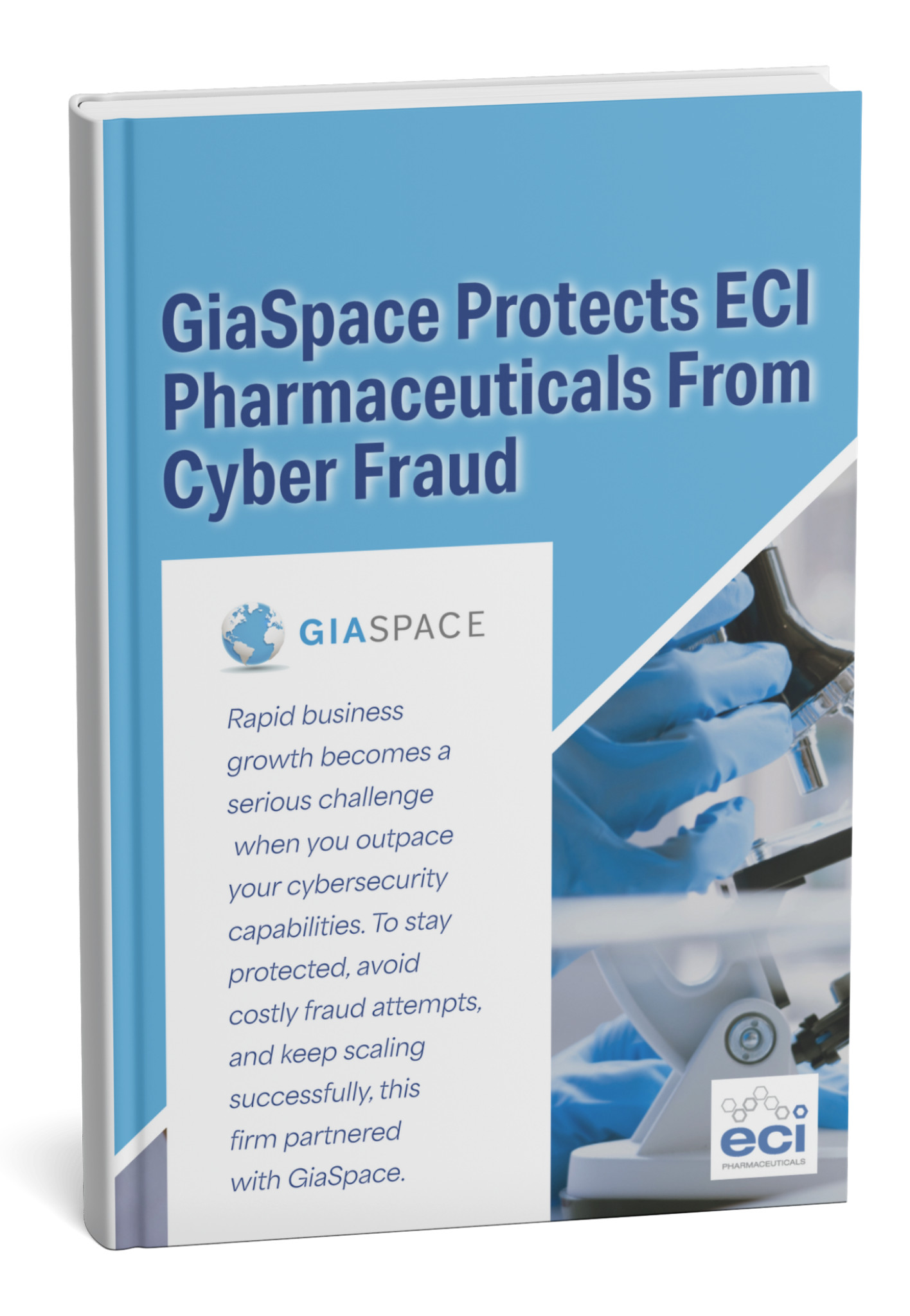The Hidden Perils of Local Administrator Permissions in the Corporate Arena
In today’s fast-paced technological world, businesses aim to equip their staff with cutting-edge tools and resources. Yet, as these tools evolve and become more sophisticated, so do the cybersecurity threats they may invite. A significant yet often underestimated vulnerability that many organizations face is the risk associated with giving computer users local administrator permissions. While this might seem like a benign gesture of trust and flexibility, it carries dangers that can critically damage a company’s digital infrastructure.
Decoding Local Administrator Permissions
First and foremost, we must break down what local administrator permissions entail. This gives users unrestricted rights to make system-wide changes to a computer. This can range from the ability to install or remove software, tweaking system settings, or access all files, irrespective of their creator.
Why the Corporate World Leans Towards Local Admin Rights
There’s historical precedence for companies granting such permissions. Many businesses provide these rights, believing it lightens the load on the IT department. This is because users can perform tasks like installing software without looping in IT support” href=”https://www.giaspace.com/it-support-miami/” data-wpil-keyword-link=”linked”>IT support every time. Additionally, it’s believed that such rights can boost efficiency and provide employees with a sense of autonomy. However, the associated risks can often overshadow these perceived benefits.

Local Admin Rights: What Are They and Why Are They Risky?
In the intricate landscape of corporate IT, local administrator permissions are often granted for convenience, yet they represent one of the most significant and frequently exploited cybersecurity vulnerabilities. Understanding their true nature and inherent risks is the first step toward building a truly resilient defense.
Defining Local Administrator Permissions: Power and Peril
A local administrator account holds the highest level of control over a specific computer or endpoint, essentially granting “root” or “superuser” access. This means a user logged in with local admin rights can:
- Install and uninstall software without restrictions.
- Modify system configurations, including critical security settings.
- Access and change all files and folders on that machine.
- Create, modify, or delete other user accounts.
- Bypass security software like antivirus or firewalls.
While this power is necessary for IT professionals and certain specialized tasks, granting such unfettered access to everyday users or leaving these accounts unsecured introduces immense peril. It’s akin to handing out master keys to every employee, regardless of their need.
The Alarming Statistic: How Often Are Local Admin Rights Exploited?
The statistics paint a stark picture: removing local administrator rights from users can mitigate 90-94% of critical Microsoft vulnerabilities. This staggering figure underscores how often these elevated privileges are the gateway for successful attacks. Furthermore, a significant 80% of data breaches stem from the misuse of privileged account access, highlighting the direct correlation between excessive permissions and severe security incidents. Attackers don’t always need to “hack in” from the outside; they often just need to find a single compromised account with too much power.
Why Default Local Admin Privileges are a Prime Attack Vector (2024-2025 Trends)
In the current threat landscape (2024-2025), default or poorly managed local admin privileges are a top-tier attack vector due to several converging trends:
- Rise of Automated Attacks: Sophisticated malware and ransomware increasingly leverage automation to seek out and exploit systems with elevated privileges for rapid spread and maximum impact.
- Credential Theft Focus: Attackers prioritize stealing credentials, and accounts with local admin rights are high-value targets. Once compromised, these credentials allow attackers to bypass multiple security layers.
- Lateral Movement: If an attacker compromises a single endpoint where a user has local admin rights, they can use those privileges to disable security tools, run malicious scripts, and then “move laterally” across the network to access other systems, servers, or even the domain controller.
- Remote Work & BYOD: The proliferation of remote work and Bring Your Own Device (BYOD) policies means more endpoints exist outside the traditional perimeter, often with less stringent security controls, making them easier targets for initial compromise and subsequent privilege escalation.
The Cascade of Compromise: How Excessive Local Admin Rights Fuel Cyberattacks
Granting users excessive local administrator permissions isn’t just a minor oversight; it’s an open invitation for cybercriminals. Once an attacker gains a foothold on an endpoint with these elevated rights, it triggers a devastating cascade of capabilities that can lead to full network compromise.
1. Privilege Escalation & Lateral Movement: The Attacker’s Playbook
This is the core danger. If a standard user account is compromised (e.g., via phishing), it typically has limited access. However, if that user also has local admin rights on their machine, or if the attacker can exploit a vulnerability that requires elevated privileges, they can rapidly:
- Privilege Escalation: Elevate their own access from a standard user to a local administrator on that specific machine.
- Lateral Movement: Use the compromised local admin credentials (or hashes) to then access other machines on the network that share the same local admin password, or to exploit further vulnerabilities to gain even higher privileges, eventually aiming for domain administrator access – the “keys to the kingdom.” This allows them to spread ransomware, exfiltrate data, and take control of critical systems undetected.
2. Ransomware & Malware: The Need for Elevated Permissions
Many of the most destructive forms of malware and ransomware explicitly require or heavily leverage local administrator permissions to execute their full attack chain.
- Bypassing Defenses: With admin rights, malware can disable antivirus software, firewall rules, and other security agents, allowing it to operate unimpeded.
- System-Wide Encryption: Ransomware, in particular, needs elevated permissions to encrypt system files, delete shadow copies (to prevent easy recovery), and spread across shared network drives, maximizing its destructive impact. Without admin rights, its reach is significantly limited.
- Persistence Mechanisms: Admin privileges allow malware to establish persistent footholds on a system, ensuring it re-launches after reboots or attempts at removal.
3. Data Exfiltration & System Manipulation: Unrestricted Access
Once an attacker has local administrator access, their capabilities become virtually limitless on that endpoint.
- Data Exfiltration: They can access and exfiltrate any sensitive data stored on the local machine, including confidential documents, customer lists, intellectual property, or personal employee information.
- System Manipulation: They can install backdoors, create new privileged accounts to maintain access, modify system logs to cover their tracks, or even wipe entire systems, leading to severe data loss and operational disruption. The objective isn’t just to gain access; it’s to control the environment for their malicious purposes.
Proactive Steps for the Future
Rethinking the approach to local admin permissions is imperative for companies. Here are some strategies to consider:
- Routine Audits: Conduct periodic checks on who retains admin rights. Ensure these privileges are reserved for those who genuinely require them.
- Education and Awareness: Create awareness among employees about the associated risks. Equip them with the knowledge to act responsibly.
- Adopt the Least Privilege Model: Assign users only the permissions they need for their roles. By narrowing the scope of access, potential threats can be minimized.
- Leverage Modern Security Tools: Embrace solutions tailored to monitor and regulate admin permissions, ensuring real-time alerts for any anomalies.
Beyond External Threats: Insider Risks and Compliance Failures
While external cybercriminals dominate headlines, the hidden perils of excessive local administrator permissions extend to the often-overlooked realms of insider threats and critical compliance mandates.
Unintentional Errors vs. Malicious Intent: The Human Element
The human element remains a significant vulnerability, regardless of external threats.
- Unintentional Errors: Even well-meaning employees with local admin rights can inadvertently cause severe damage. A simple misclick, an unvetted software installation, or downloading a seemingly innocuous file can introduce malware or misconfigure critical system settings, creating security gaps that attackers can exploit. This is often the starting point for many “accidental” breaches.
- Malicious Intent: The more concerning scenario involves disgruntled or rogue employees. An insider with local administrator privileges has an unparalleled ability to sabotage systems, steal sensitive data, or introduce malware without needing to bypass external defenses. Their existing access grants them immediate entry to critical resources, making detection harder and the potential damage far greater. The average time to identify an insider threat is significantly longer than an external breach, leading to greater potential damage.
Navigating Regulatory Compliance (GDPR, HIPAA) and Audit Challenges
Strict data privacy and security regulations worldwide place immense scrutiny on how organizations manage privileged access.
- GDPR (General Data Protection Regulation): GDPR Article 32 mandates “appropriate technical and organisational measures” to ensure data security, including “the ability to ensure the ongoing confidentiality, integrity, availability and resilience of processing systems and services.” Excessive admin rights directly contradict the principles of data minimization and access control, making compliance extremely difficult and inviting hefty fines (up to 4% of global annual turnover).
- HIPAA (Health Insurance Portability and Accountability Act): For healthcare organizations, HIPAA’s Security Rule specifically requires technical safeguards like “access control” and “audit controls” to protect Electronic Protected Health Information (ePHI). Granting blanket local admin rights makes it nearly impossible to track who accessed what, when, and why, failing critical audit requirements and exposing organizations to severe penalties and reputational damage.
- Audit Challenges: During compliance audits (e.g., SOC 2, ISO 27001), auditors rigorously examine access controls. A lack of robust privileged access management, particularly concerning local admin accounts, will raise red flags, leading to audit failures, delayed certifications, and potential legal repercussions. Organizations must demonstrate a clear chain of accountability for all privileged actions.
Fortifying Defenses: Implementing the Principle of Least Privilege (PoLP)
The solution to the perils of local administrator permissions lies in a fundamental cybersecurity concept: the Principle of Least Privilege (PoLP). This cornerstone of modern security is about granting users and systems only the minimum necessary access and permissions required to perform their legitimate tasks – nothing more.
Understanding PoLP: Granting Only Necessary Access
PoLP is a security paradigm shift from a “trust-by-default” to a “verify-and-limit” approach. Instead of assuming users are trustworthy and giving them broad access, PoLP ensures:
- Minimal Attack Surface: By limiting permissions, you drastically reduce the potential pathways an attacker can exploit, even if they compromise a user account.
- Containment: If a system or account is compromised, the damage is contained to only the resources that account had access to, preventing lateral movement and privilege escalation across the network.
- Improved Accountability: With granular permissions, it’s easier to track and audit who did what, when, enhancing accountability and simplifying incident investigation.
Implementing PoLP is a continuous process, not a one-time fix. It involves ongoing review and adjustment of permissions based on changing roles and responsibilities.
Key Strategies for Restricting Local Admin Rights (Best Practices 2024-2025)
Achieving true least privilege, especially for local administrator accounts, requires a multi-faceted approach utilizing modern tools and strategies.
- Dedicated Admin Accounts & Just-In-Time (JIT) Access:
- Dedicated Accounts: Users should have a separate standard user account for daily tasks and a distinct, highly restricted, and monitored administrative account that is only used when elevated privileges are absolutely necessary.
- Just-In-Time (JIT) Access: Instead of granting standing administrator privileges, JIT access solutions provide temporary, time-bound elevated access only for the duration of a specific, approved task. Once the task is complete or the time expires, privileges are automatically revoked. This significantly reduces the window of opportunity for attackers and greatly enhances auditability. JIT access also supports automated credential rotation after use.
- Local Administrator Password Solution (LAPS):
- Microsoft LAPS is a crucial tool for managing the built-in local administrator account on Windows machines. It automatically randomizes and regularly rotates the passwords for these accounts across the domain and stores them securely in Active Directory, accessible only by authorized personnel. This prevents “Pass-the-Hash” attacks where an attacker compromises one machine and uses its local admin password to access other machines with the same password.
- Privileged Access Management (PAM) Tools:
- PAM solutions are comprehensive platforms designed to secure, manage, and monitor all privileged accounts (local, domain, application, cloud). They provide centralized control over access to critical systems, enforce strong authentication (e.g., MFA), vault credentials, record privileged sessions, and provide detailed audit trails. Organizations with a mature PAM program experience significantly shorter breach containment times – potentially saving millions in breach costs.
- Application Whitelisting & Control:
- Application whitelisting (or application control) is a highly effective security measure where only explicitly approved applications are allowed to run on an endpoint. If an application is not on the “whitelist,” it simply cannot execute, regardless of user privileges. This is a powerful defense against ransomware, malware, and unauthorized software installations, even if an attacker manages to gain some level of access. Best practices include using cryptographic hashes or digital signatures for whitelisting and integrating with patch management.
Balancing Productivity and Security: A Phased Approach
Implementing least privilege doesn’t mean sacrificing productivity. While it might initially seem disruptive, a well-planned, phased approach can minimize user friction.
- Start Small: Begin by implementing PoLP for high-risk users or departments.
- Educate Users: Explain why these changes are happening and the security benefits. Provide clear pathways for requesting legitimate elevated access when needed.
- Automate: Leverage PAM and EPM tools to automate approval workflows for elevated tasks, making the process seamless for users and efficient for IT.
- Monitor and Adapt: Continuously monitor privileged activity and collect feedback. Adjust policies as needed to ensure security without hindering essential business functions.
GiaSpace’s Approach to Endpoint Privilege Management: Secure Your Digital Edge
The ever-present threat of cyberattacks, especially those exploiting excessive local administrator permissions, demands a proactive and expert approach. Many organizations struggle with the complexity of implementing robust least privilege policies while maintaining operational efficiency.
How GiaSpace Helps Implement Least Privilege
GiaSpace brings over two decades of cybersecurity expertise to help your organization effectively manage and restrict local administrator permissions across your entire digital estate. Our comprehensive Endpoint Privilege Management solutions are designed to:
- Assess and Identify Risk: We begin by conducting a thorough audit of your current environment to identify where excessive local admin rights exist and assess your organization’s unique attack surface.
- Granular Privilege Control: We deploy cutting-edge Endpoint Privilege Management (EPM) tools that enable you to remove standing local administrator rights from users without impacting their ability to perform necessary daily tasks. Our solutions allow for granular elevation of privileges for specific applications or actions, on demand.
- Automated LAPS Implementation: We assist in the seamless deployment and management of Local Administrator Password Solution (LAPS) to randomize and secure local admin passwords across your Windows fleet.
- Integrated PAM Solutions: We provide and manage robust Privileged Access Management (PAM) platforms that centralize control, vault credentials, and offer detailed auditing for all privileged accounts, including local administrators.
- Application Whitelisting & Control: We help implement and manage intelligent application whitelisting policies, ensuring that only trusted applications can run on your endpoints, drastically reducing the risk of malware and unauthorized software.
Benefits of Partnering with GiaSpace for Local Admin Management
By partnering with GiaSpace, your business gains more than just technology; you gain a dedicated security ally.
- Drastically Reduce Attack Surface: Close a primary attack vector for ransomware, malware, and insider threats.
- Enhanced Compliance: Meet stringent regulatory requirements (GDPR, HIPAA, etc.) by demonstrating robust control over privileged access.
- Minimize Breach Impact: Limit lateral movement and privilege escalation, containing potential breaches to isolated endpoints, thereby reducing financial and reputational damage.
- Improved Operational Efficiency: Automate privilege elevation requests, streamlining IT support and enhancing user productivity without compromising security.
- Expert Guidance: Leverage GiaSpace’s deep expertise to navigate the complexities of privileged access management, ensuring a tailored and effective solution.
Don’t let hidden local admin perils compromise your corporate arena. Partner with GiaSpace to secure your endpoints, protect your data, and fortify your entire cybersecurity posture.
Published: Apr 30, 2025







